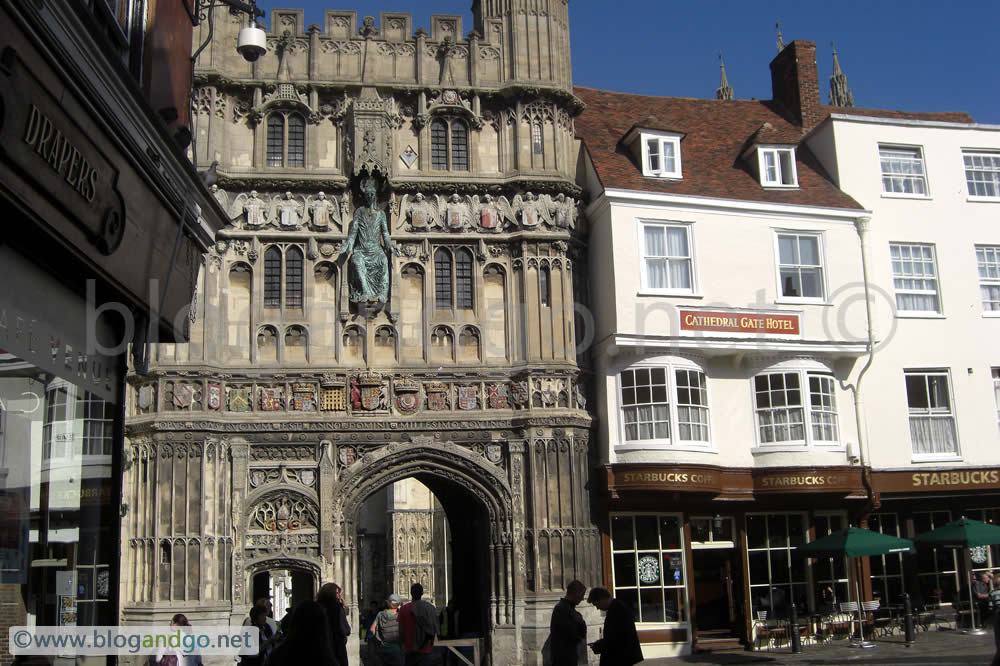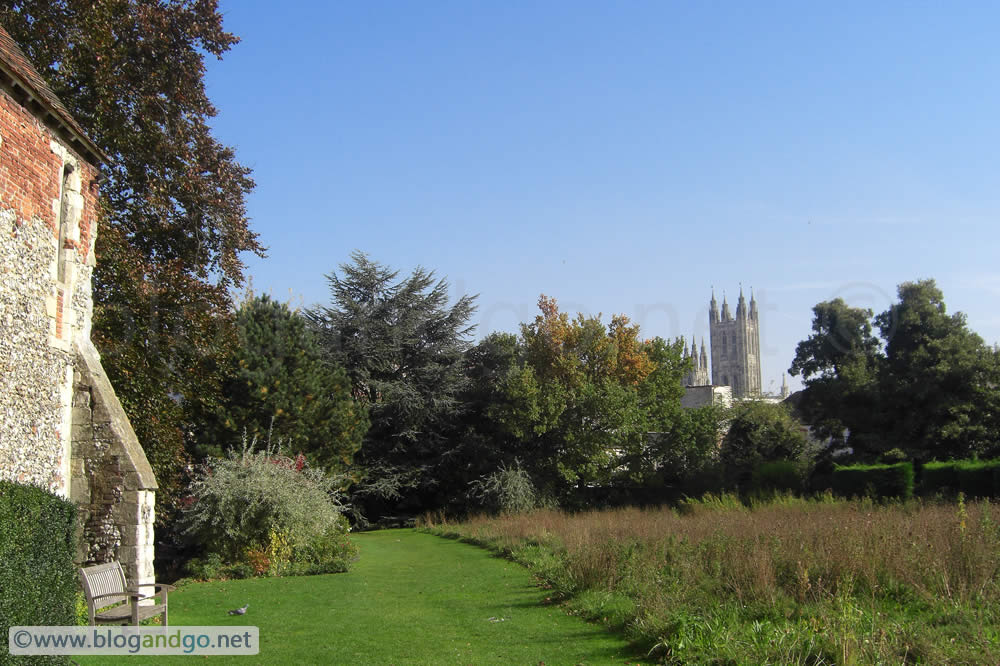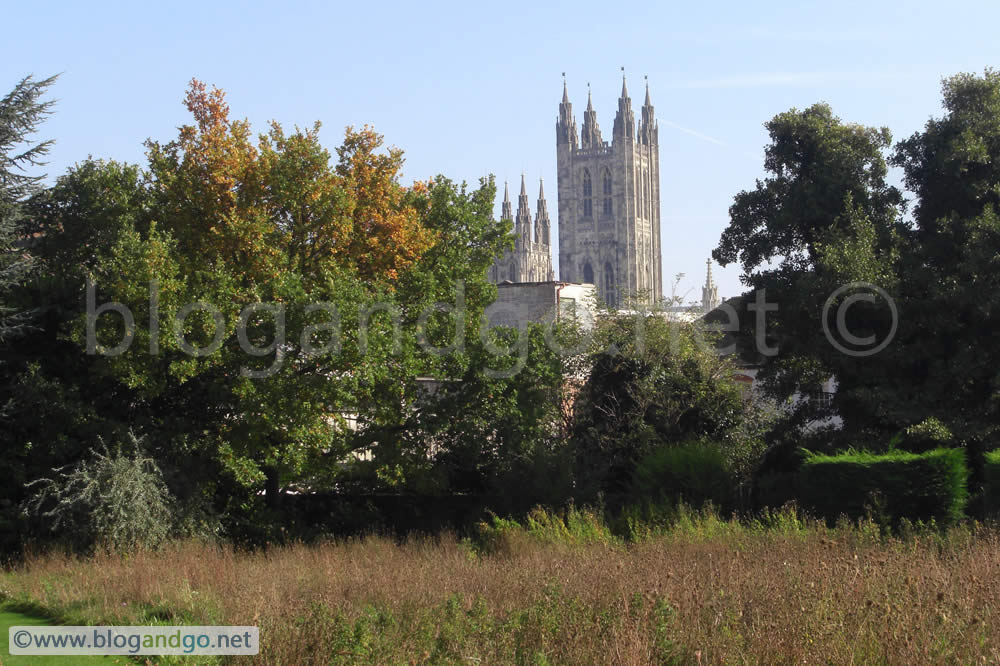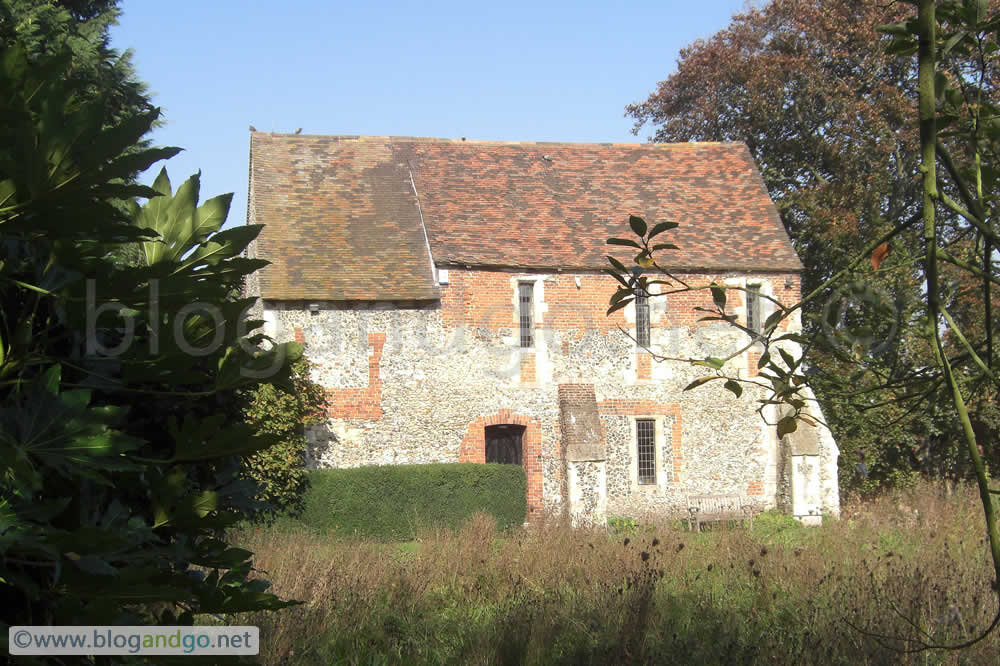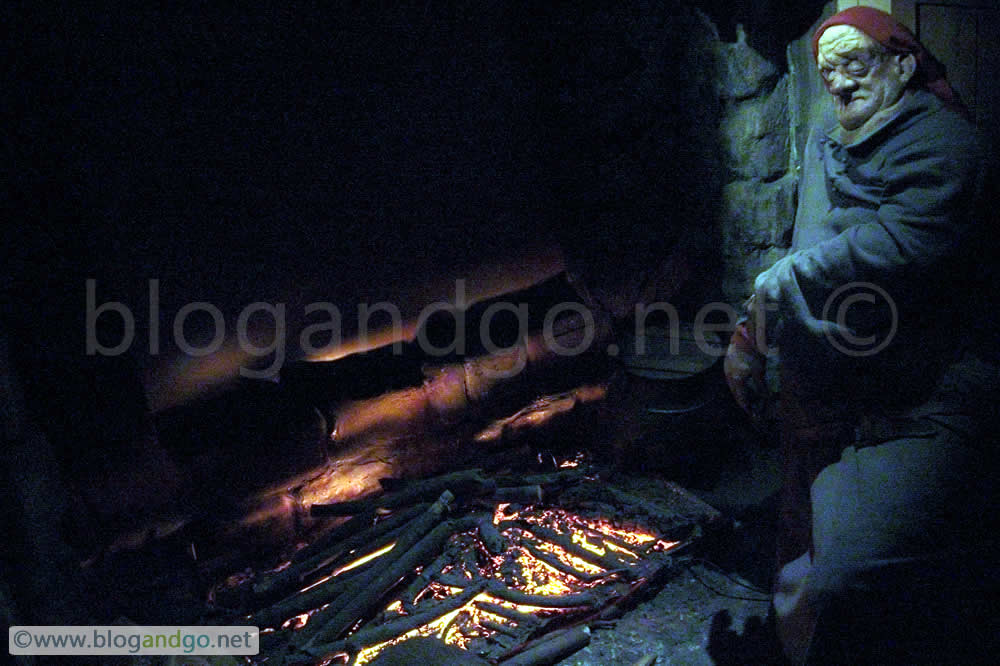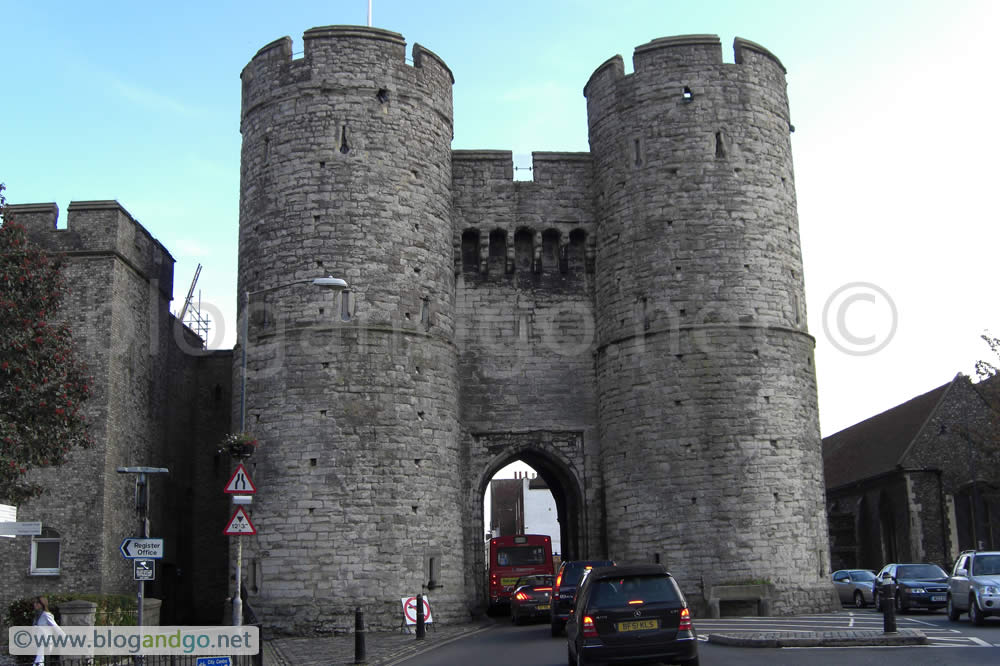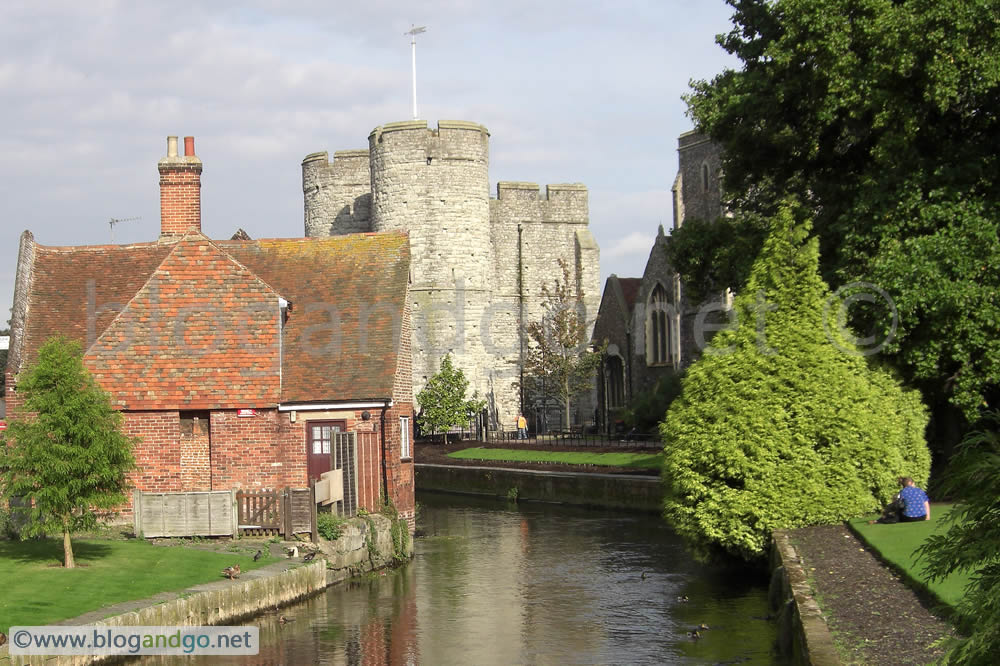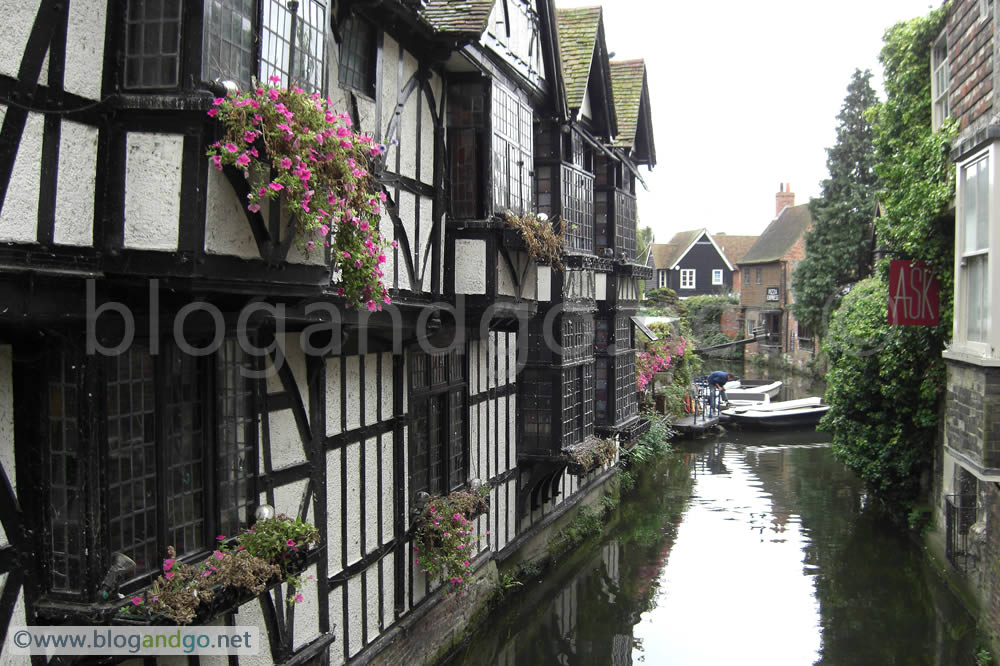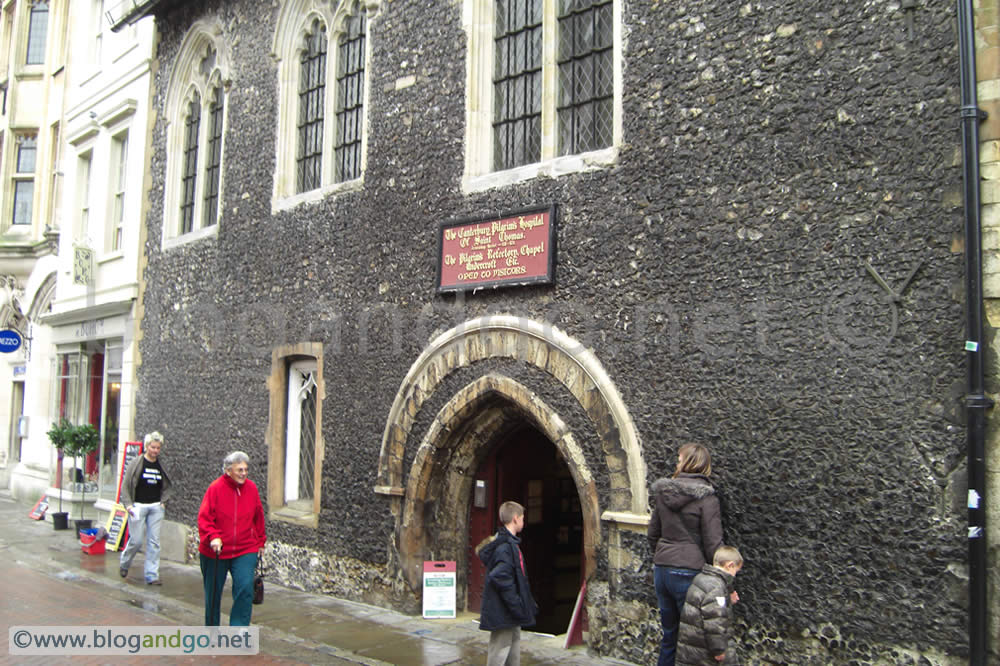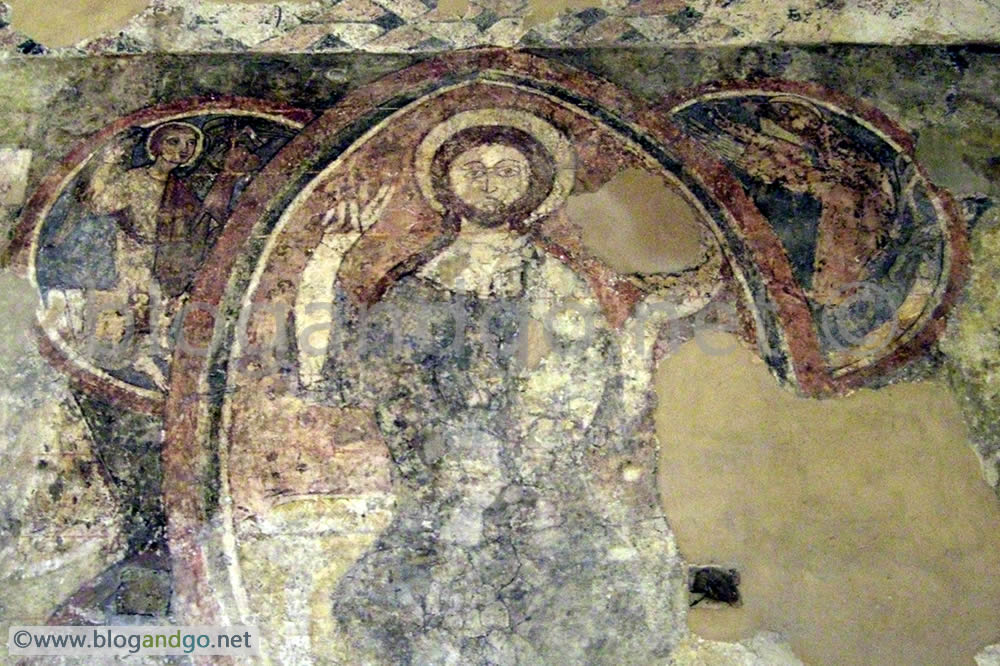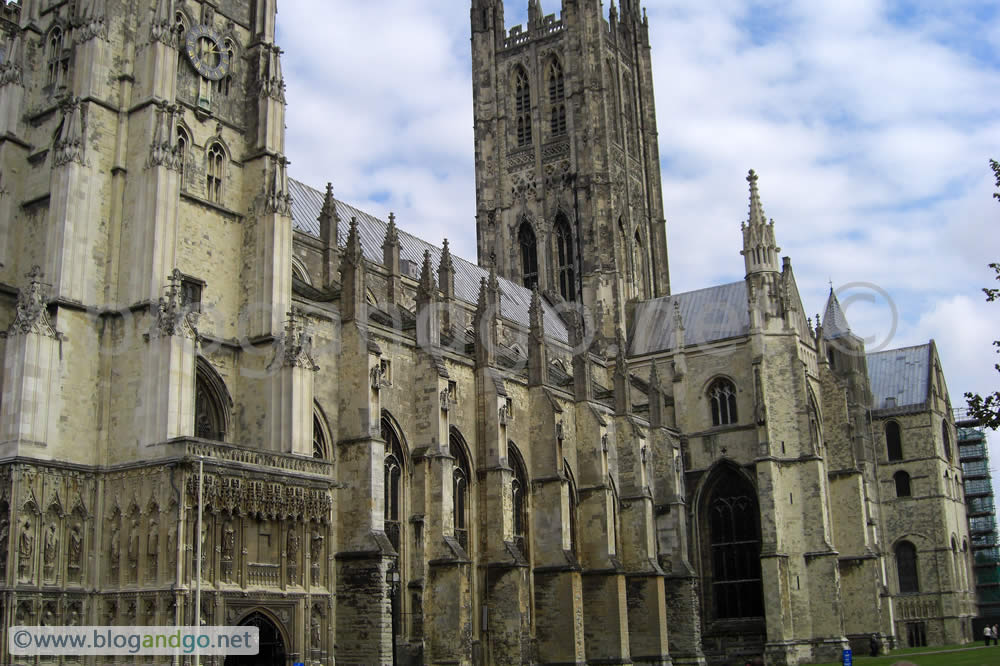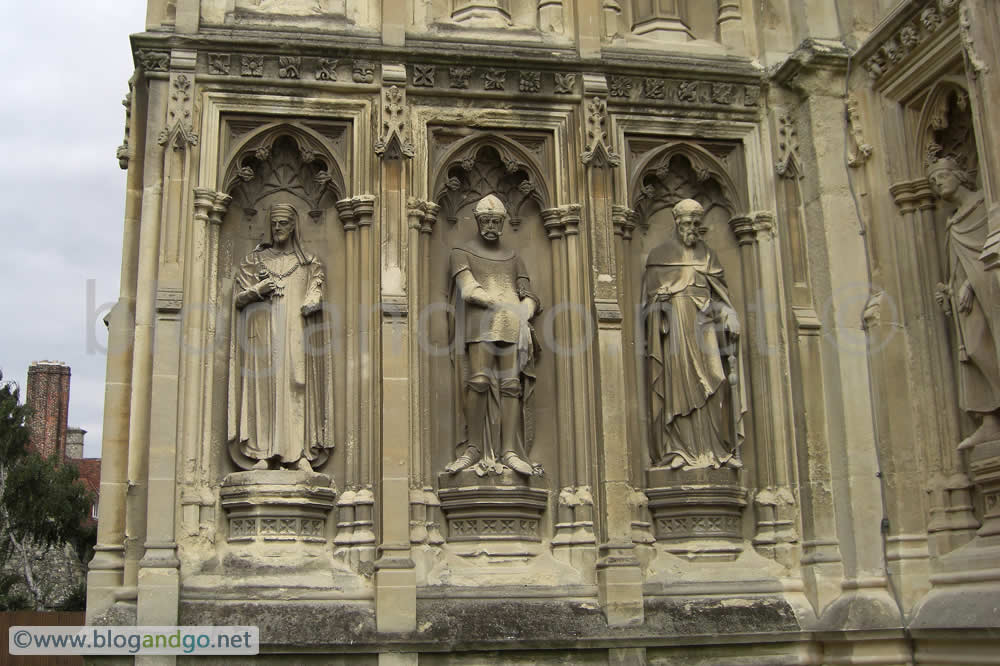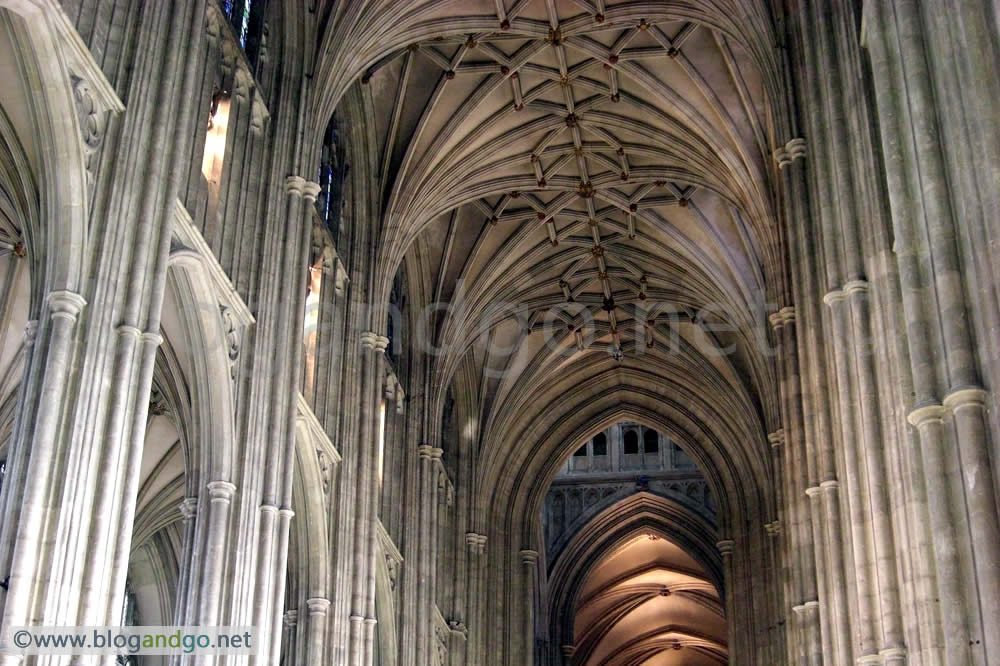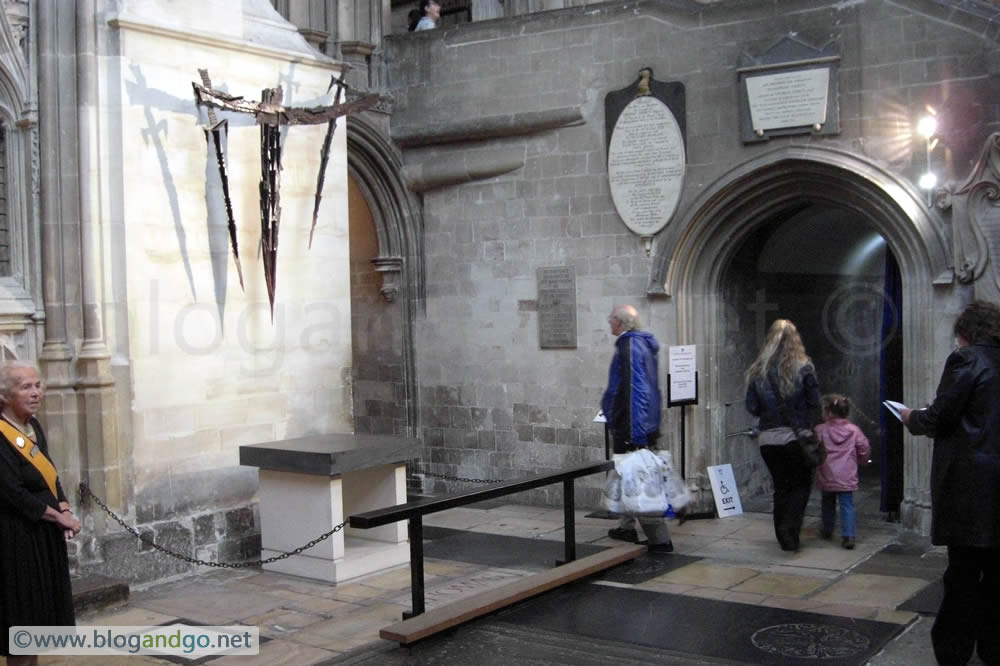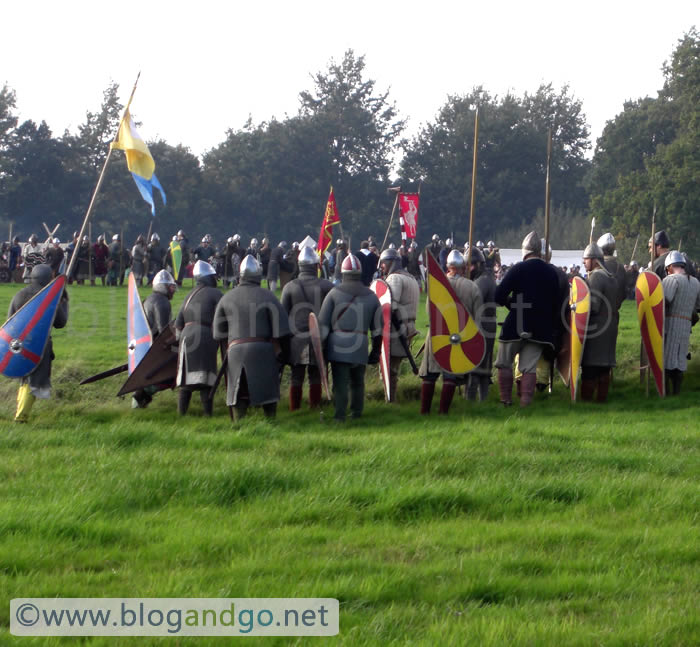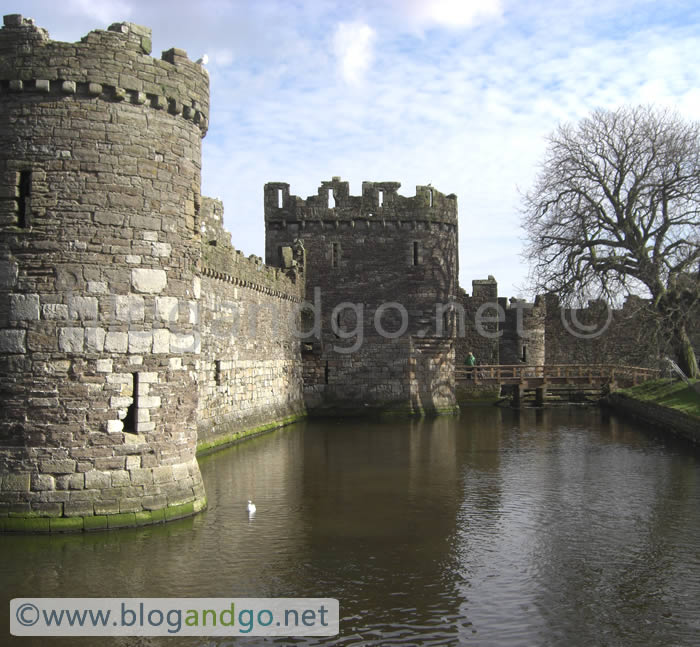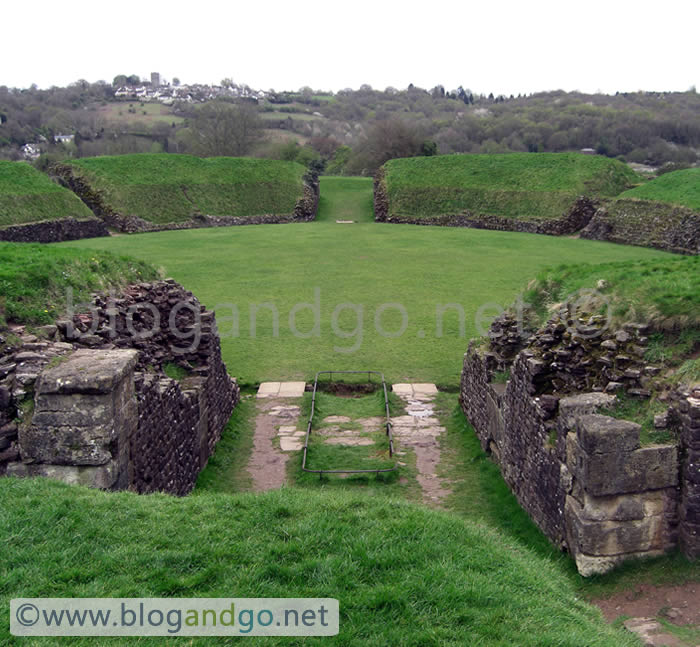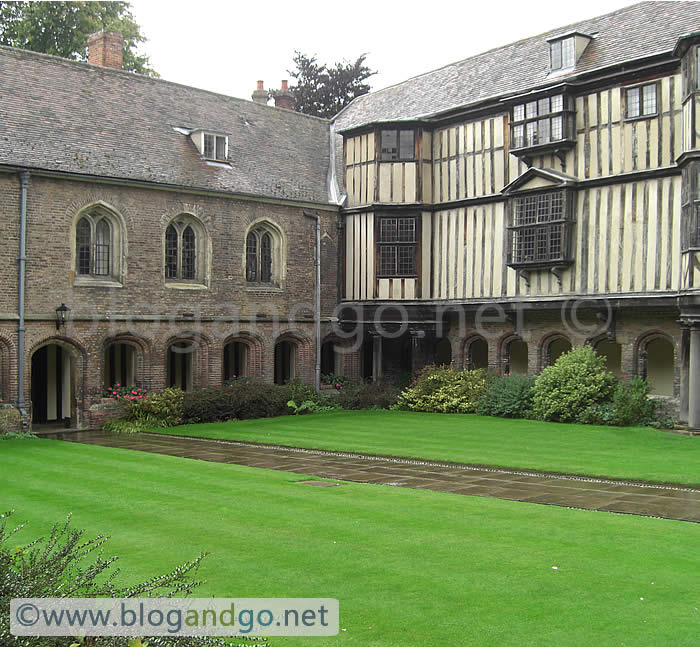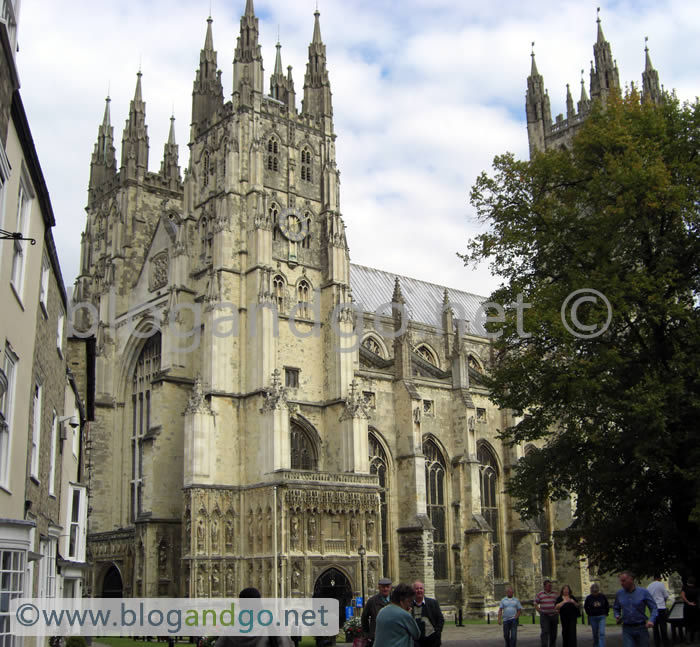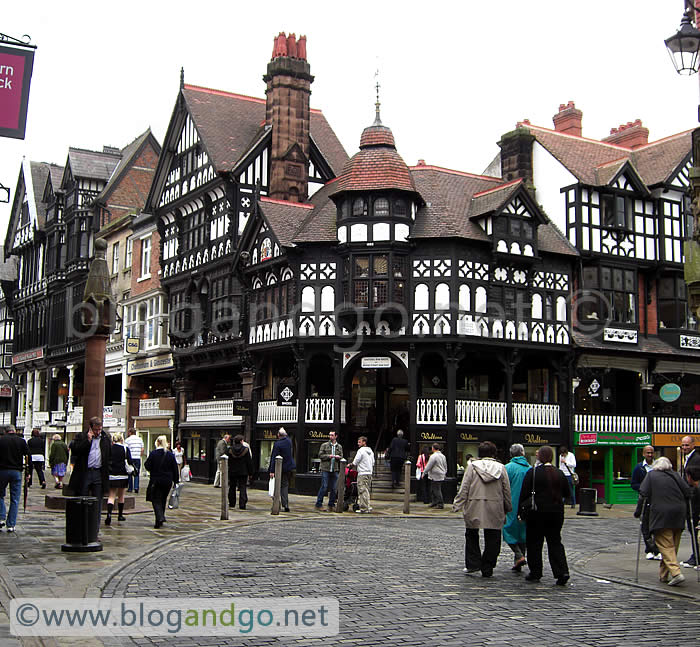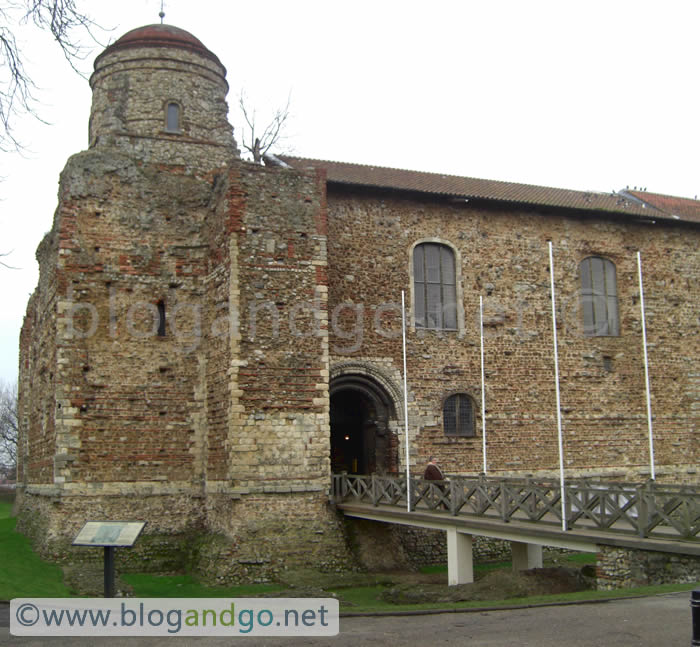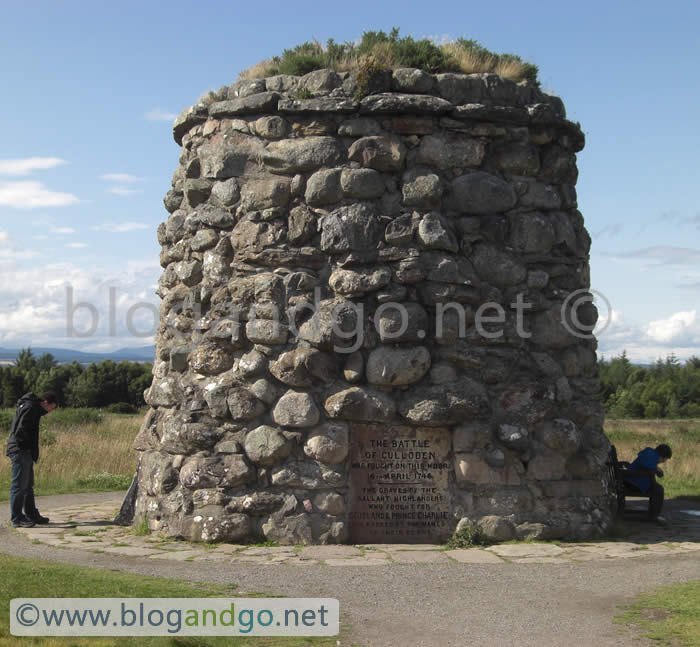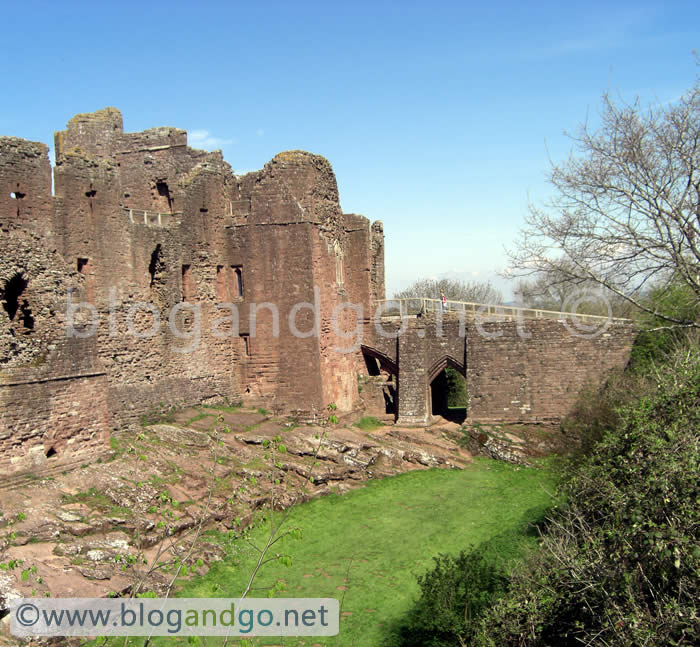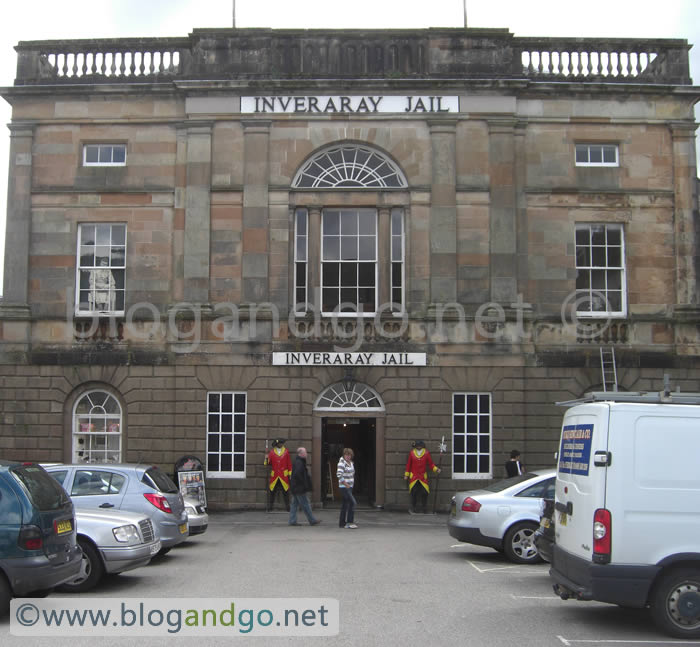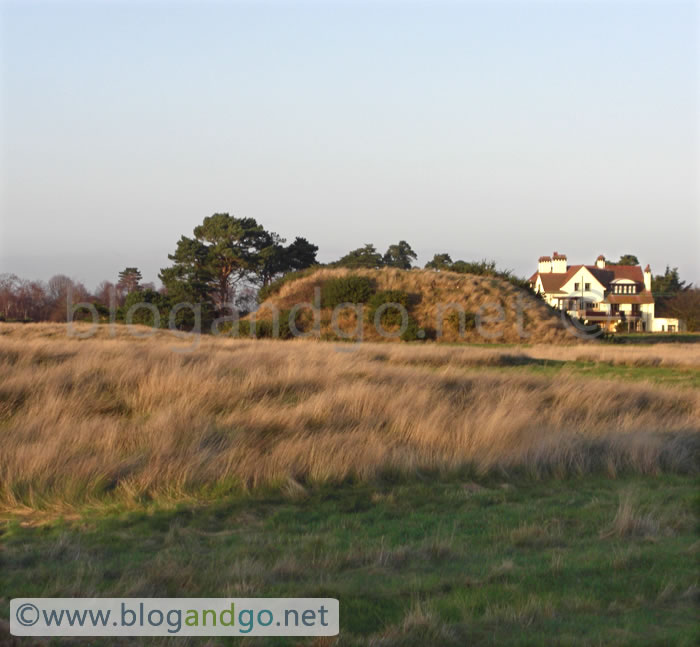My Canterbury Pilgrimage
After reveling in the excitement of the previous day seeing Saxons and Normans in combat on the Battlefield of Hastings, I paid a penance and made my a pilgrimage to historic Canterbury.
I had seen many of the major attractions on my last visit which meant that this visit was less of a monument ticking exercise and more of a relaxed and less scripted one though that's not to say that some ticking went on.
The Canterbury Tales visitor was visited again and is an entertaining place as it tries to recreate a medieval environment and the visitor is taken on a 'pilgrimage' where they hear some of Geoffrey Chaucer's tales as told by his fictional pilgrim travellers in the 14th century - and what good tales they are! Some funny, some serious, but all with a worthy message and can be deeply analysed for more meaning.
Without diving deep into the various levels of story, my favourite is The Pardoners Tale. Without questioning who the character 'Death' is meant to be, the story is about morality, greed and irony. It starts with three friends whose friend has been murdered:
... their friend has been killed by a "privee theef" known as Death, who has also killed a thousand others. The men set out to avenge them and kill Death. An old man they brusquely query tells them that he has asked Death to take him but has failed. He then says they can find Death at the foot of an oak tree. When the men arrive at the tree, they find a large hoard of gold coins and forget about their quest to kill Death. They decide to sleep at the oak tree overnight, so they can take the coins in the morning. The three men draw straws to see who among them should fetch wine and food while the other two wait under the tree. The youngest of the three men draws the shortest straw and departs; while he is away, the remaining two plot to overpower and stab him upon his return. However, the one who leaves for town plots to kill the other two: he purchases rat poison and laces the wine. When he returns with the food and drink, the other two kill him and then consume the poisoned wine, dying slow and painful deaths.
I've taken the above from Wikipedia as I haven't actually read story in Chaucer's own words, but the simple version of the story was good enough for me. If I ever take up a degree in English Literature then maybe I'll read the original olde English text.
Historic Canterbury
It is easy to forget that on my very own doorstep, great treasures from the Britain's long and distinguished past still await discovery. I have always taken an interest in my surroundings but I only began to view the United Kingdom from a tourist eye last year with visits to Bath and Stonehenge.
Well preserved (blame the Luftwaffe for the missing parts), you can walk along the medieval streets which I compared to the medieval streets in Italy and Spain. A well preserved town allows you feel in the past and being able to compare locations in countries separated by great distances (700 hundred years ago, further than outside of one's own town or village was a great distance) and though there is a difference in architectural style, with the narrow streets, there is much more that is similar than different.
My visit lasted one day and night but a busy and enjoyable day saw crammed into it the 12th century Eastbridge hospital, famous cathedral, Roman museum and the Canterbury Tales visitor centre amongst other attractions. The main source of its fame derives from its cathedral and the awful event that took place here that resulted in the gruesome death of Thomas Becket.
The eye witness Edward Grim witnessed the attack and wrote this account some time after the event, and the flowery prose will have been influenced by Becket's sainthood.
The murderers followed him; 'Absolve', they cried, 'and restore to communion those whom you have excommunicated, and restore their powers to those whom you have suspended.' He answered, 'There has been no satisfaction, and I will not absolve them.'
'Then you shall die,' they cried, 'and receive what you deserve.'
'I am ready,' he replied, 'to die for my Lord, that in my blood the Church may obtain liberty and peace. But in the name of Almighty God, I forbid you to hurt my people whether clerk or lay.' Then they lay sacrilegious hands on him, pulling and dragging him that they may kill him outside the church, or carry him away a prisoner, as they afterwards confessed. But when he could not be forced away from the pillar, one of them pressed on him and clung to him more closely. Him he pushed off calling him 'pander', and saying, 'Touch me not, Reginald; you owe me fealty and subjection; you and your accomplices act like madmen. The knight, fired with a terrible rage at this severe repulse, waved his sword over the sacred head. 'No faith', he cried, 'nor subjection do I owe you against my fealty to my lord the King.'
Then the unconquered martyr seeing the hour at hand which should put an end to this miserable life and give him straightway the crown of immortality promised by the Lord, inclined his neck as one who prays and joining his hands he lifted them up, and commended his cause and that of the Church to God, to St. Mary, and to the blessed martry Denys. Scarce had he said the words than the wicked knight, fearing lest he should be rescued by the people and escape alive, leapt upon him suddenly and wounded this lamb who was sacrificed to God on the head, cutting off the top of the crown which the sacred unction of the chrism had dedicated to God; and by the same blow he wounded the arm of him who tells this. For he, when the others, both monks and clerks, fled, stuck close to the sainted Archbishop and held him in his arms till the one he interposed was almost severed.
Then he received a second blow on the head but still stood firm. At the third blow he fell on his knees and elbows, offering himself a living victim, and saying in a low voice, 'For the Name of Jesus and the protection of the Church I am ready to embrace death.' Then the third knight inflicted a terrible wound as he lay, by which the sword was broken against the pavement, and the crown which was large was separated from the head. The fourth knight prevented any from interfering so that the others might freely perpetrate the murder.
As to the fifth, no knight but that clerk who had entered with the knights, that a fifth blow might not be wanting to the martyr who was in other things like to Christ, he put his foot on the neck of the holy priest and precious martyr, and, horrible to say, scattered his brain and blood over the pavement, calling out to the others, 'Let us away, knights; he will rise no more.
Reference: Abbot, Edwin A., St. Thomas of Canterbury (1898); Compton, Piers, The Turbulent Priest (1964); Hollister, Warren C., Medieval Europe: a short history (1975)
